"Plant-based tie-dye" snack pouch
This family activity helps children discover some magical ways of using nature’s treasures.
Materials

- Cotton-type fabric, either white or cream
- Cotton cord
- Scissors
- Ruler
- Needle and thread
- Natural ingredients for the dye: raspberries, dried avocado skin, black tea, curry powder
STEPS
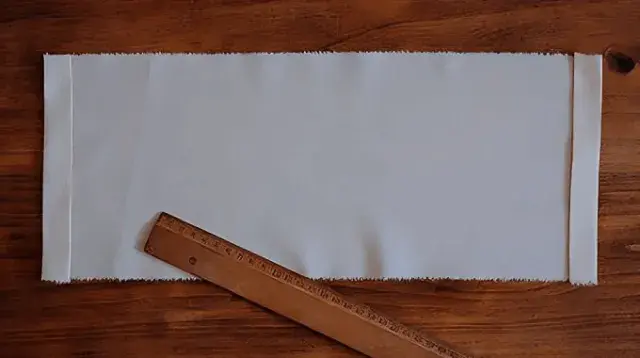
Cut a rectangle of fabric which is 50 cm long by 17 cm wide.
Fold a one-centimetre-wide hem inwards on each of the edges measuring 17 cm and flatten them using an iron.
Then fold each of these 1-cm-wide hems over a second time so that you have a double-folded hem.
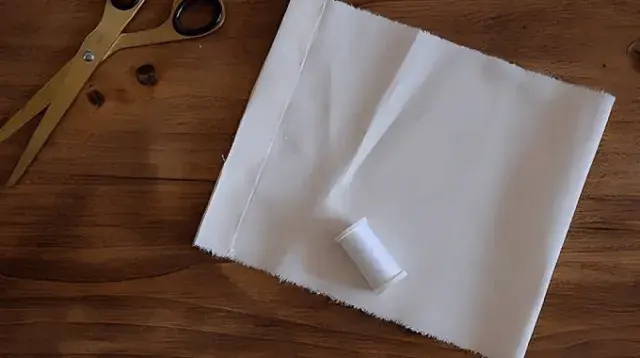
Sew the hems along their entire length.
Fold the fabric in half so that the hems are visible on the outside.
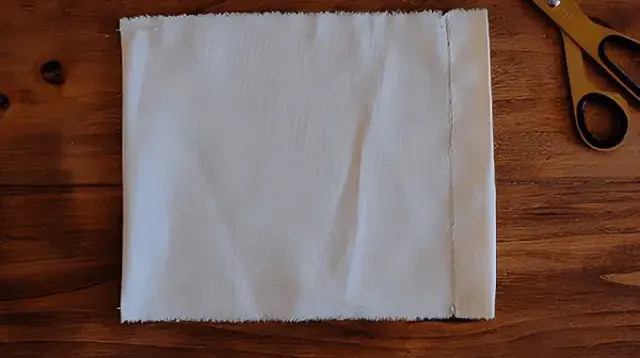
Once the hems are finished, sew the sides to create a pouch, stopping before the hem. The hem needs to remain open so that you can feed your cord through it.

Using a safety pin, thread a cord through both hems.
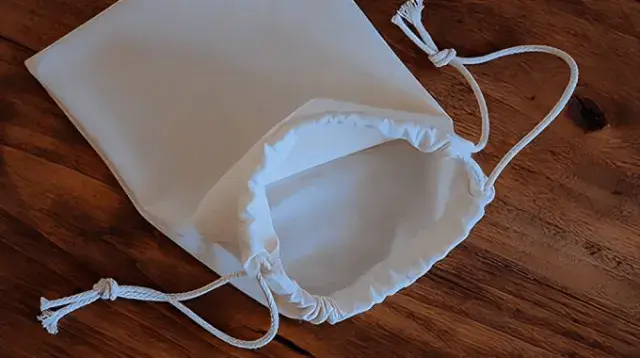
Starting from the opposite end as the first time, thread a second cord through. Tie the ends together to hold them in place.
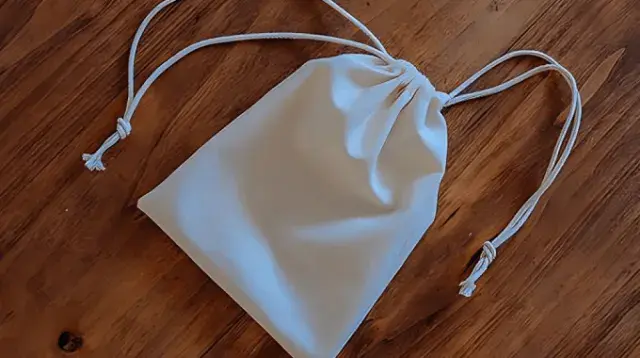
Check the pouch closes properly by pulling on the cords.
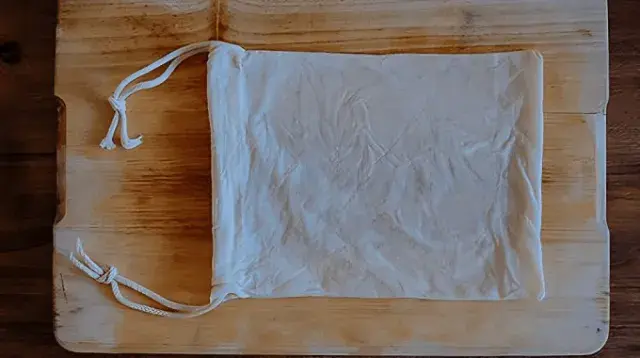
Dampen the pouch with water then wring it out by hand before placing it flat on a board or plate.

Sprinkle the fabric with the powdered avocado skin, curry powder and tea...
Crush the raspberries so they penetrate the fibres of the fabric. Form small piles of each ingredient to increase their colouring power.
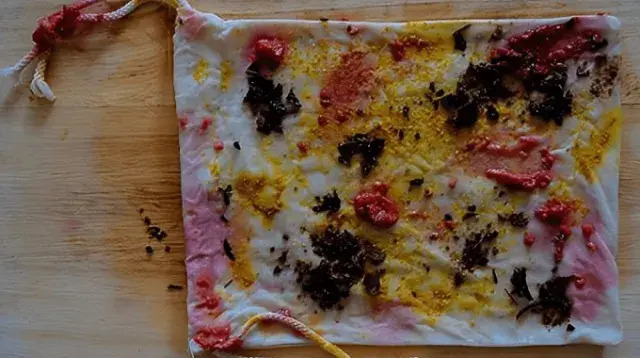
Spray a small amount of water over your decorated pouch to moisten everything properly and activate the dye.
Leave to stand for at least two hours
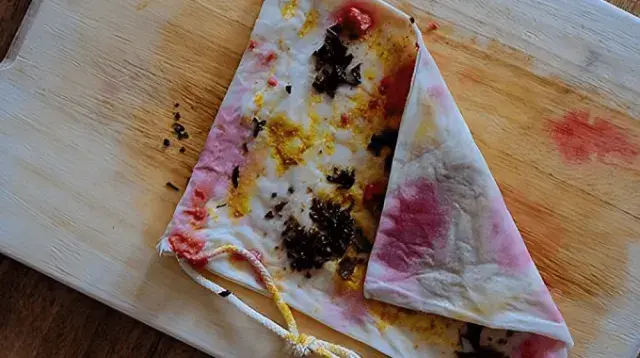
The dye will diffuse through the two layers of fabric.
If you find the second side isn’t colourful enough, simply repeat the process.

Rinse the fabric in clean water then leave to dry.

And there you have it! Simply add your favourite snacks to the perfect homemade snack pouch!
DIY article written and created by ©Morganours
A little history...
Dyeing is an ancient art that dates back to at least the first civilisations to roam the Earth towards the end of the Neolithic era.
The technique of dyeing is all about putting organic pigments to good use, but it was also a major craft from Antiquity to the Middle Ages: the rose-coloured cottons printed in Tabaristan by Vizier Amir Mahmùd (11th century) were considered royal gifts, just like jewellery and precious stones.
